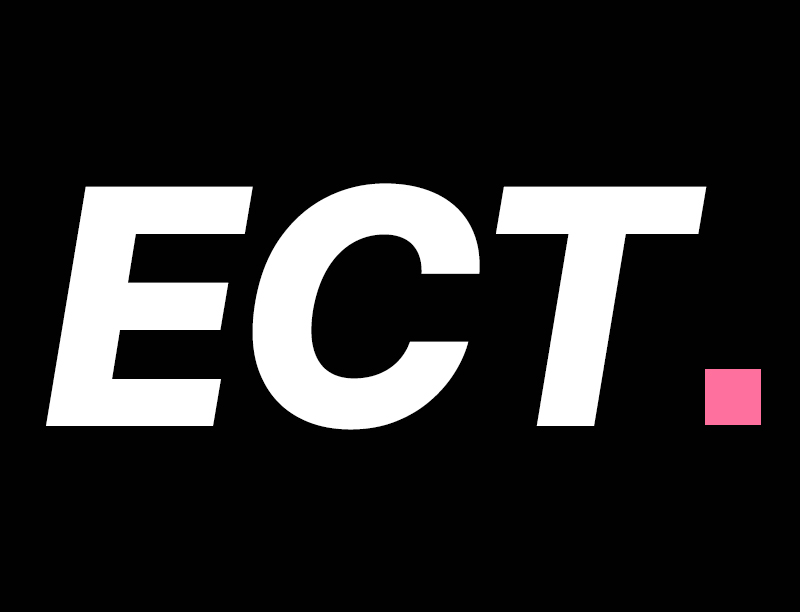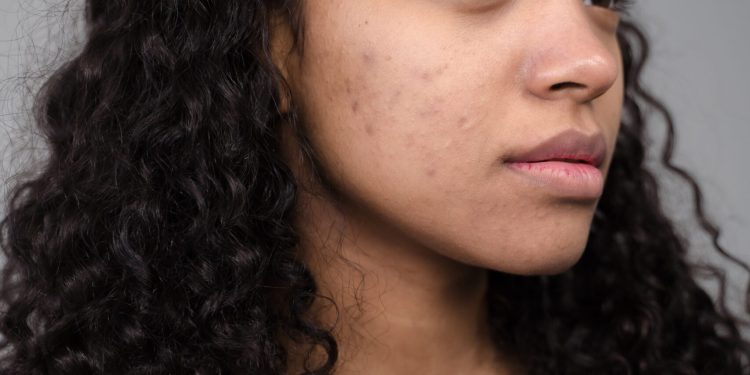Out of all the things we do to improve our health and appearance, facial peels are among the most intimidating. I mean, look at the process. Subjecting yourself to days and weeks of vulnerable, peeling skin isn’t exactly the easiest (or prettiest!) thing in the world.
But despite the clear drawbacks, the benefits of a good skin peel still reign supreme. And to be honest, you can get more out of a single facial peel than you can out of doing your morning and night routine perfectly for two weeks straight.
So yeah, they’re a pretty big deal. However, they’re not all made equal. In fact, some peels aren’t even safe to do without a professional present! But that’s neither here nor there.
We’re here to talk about what can be done at home—so let’s get to it.
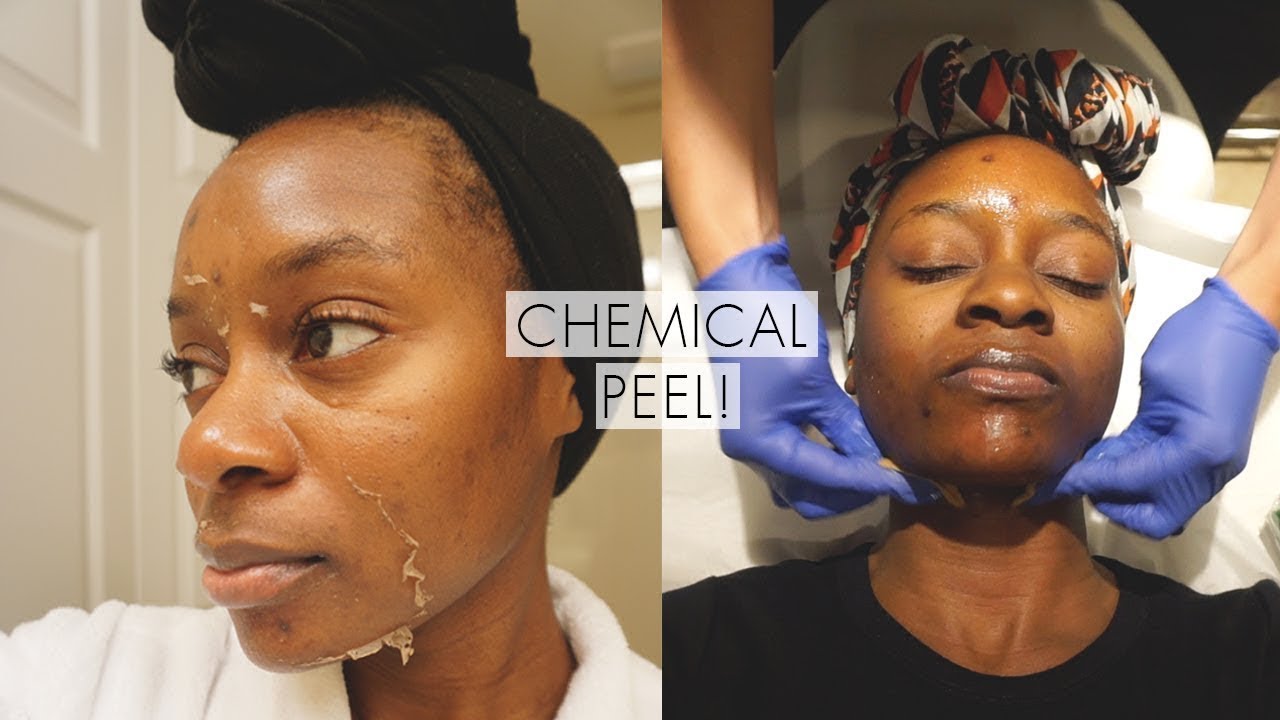
What exactly are facial peels, and are all of them safe to do at home?
There are two general types of peels: a chemical peel and an enzyme peel. Both are used to exfoliate your skin by peeling back the top layer in order to achieve a much smoother, clearer appearance of skin.
The key differences come in when we look at the intensity of the process, as well as the reason why we might do each of the peels in the first place.
Chemical peels, for the most part, cannot safely be done alone. While there are a few that can be done at home, the vast majority require direction and care from a dermatologist or licensed esthetician.
Even then, estheticians are only allowed to do light and moderate peels that require multiple visits, while deeper peels with more dramatic results are left to physicians.
Because chemical peels are the most aggressive form of facial peels, people with hyperpigmentation, dark spots, or acne are typically the best candidates.
Enzyme peels, on the other hand, are a wonderful at-home alternative. They’re a light peel that don’t take weeks to heal because they don’t actually damage live tissue like chemical peels do.
These peels typically come in mask form and use enzymes from fruits like pumpkin, papaya, and pomegranate to gently rejuvenate and refresh skin, so they can be used as often as twice a week.
This is the gentlest and most effective option as far as facial peels are concerned.
How do I know I need one?
While different facial peels have different benefits, they all have one main purpose: exfoliation, and everyone needs to exfoliate—no matter their skin type.
For chemical peels, you’ll need to go see a dermatologist or esthetician to determine if you’re a good candidate or not. However, if you’re someone who has struggled with years of problematic skin, you’re likely on the right path here.
On the other hand, enzymatic masks and facial peels are good for all skin types and problems because they’re so gentle. Simply find one you like and make it a staple in your weekly skincare regimen.
Do you have any recommendations?
There are quite a few facial peels to choose from, but when it comes to at-home options, there are two that take the cake.
Peter Thomas Roth Pumpkin Enzyme Mask Enzymatic Dermal Resurfacer, $60
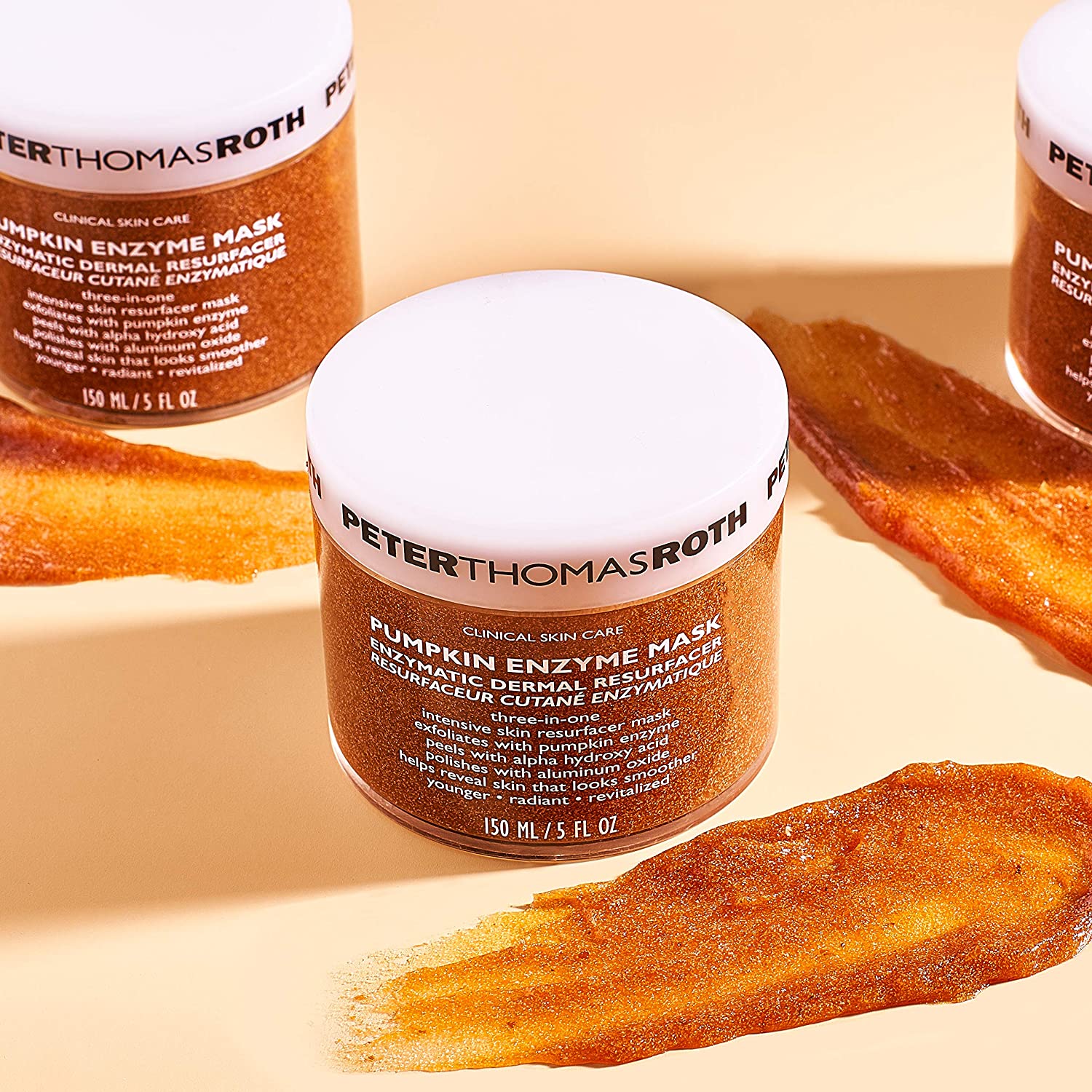
Made from pumpkin enzymes, this mask from Peter Thomas Roth is a “three-in-one skin resurfacer that exfoliates, peels, and visibly polishes” problematic skin. Unlike other face masks, this is a peel that removes dead skin like none other.
Powerful like a chemical peel, but gentle enough to use once a week, this mask is a must-have skincare staple for all skin types.
RevePeel Enlighten Rx Depigmentation System, $750
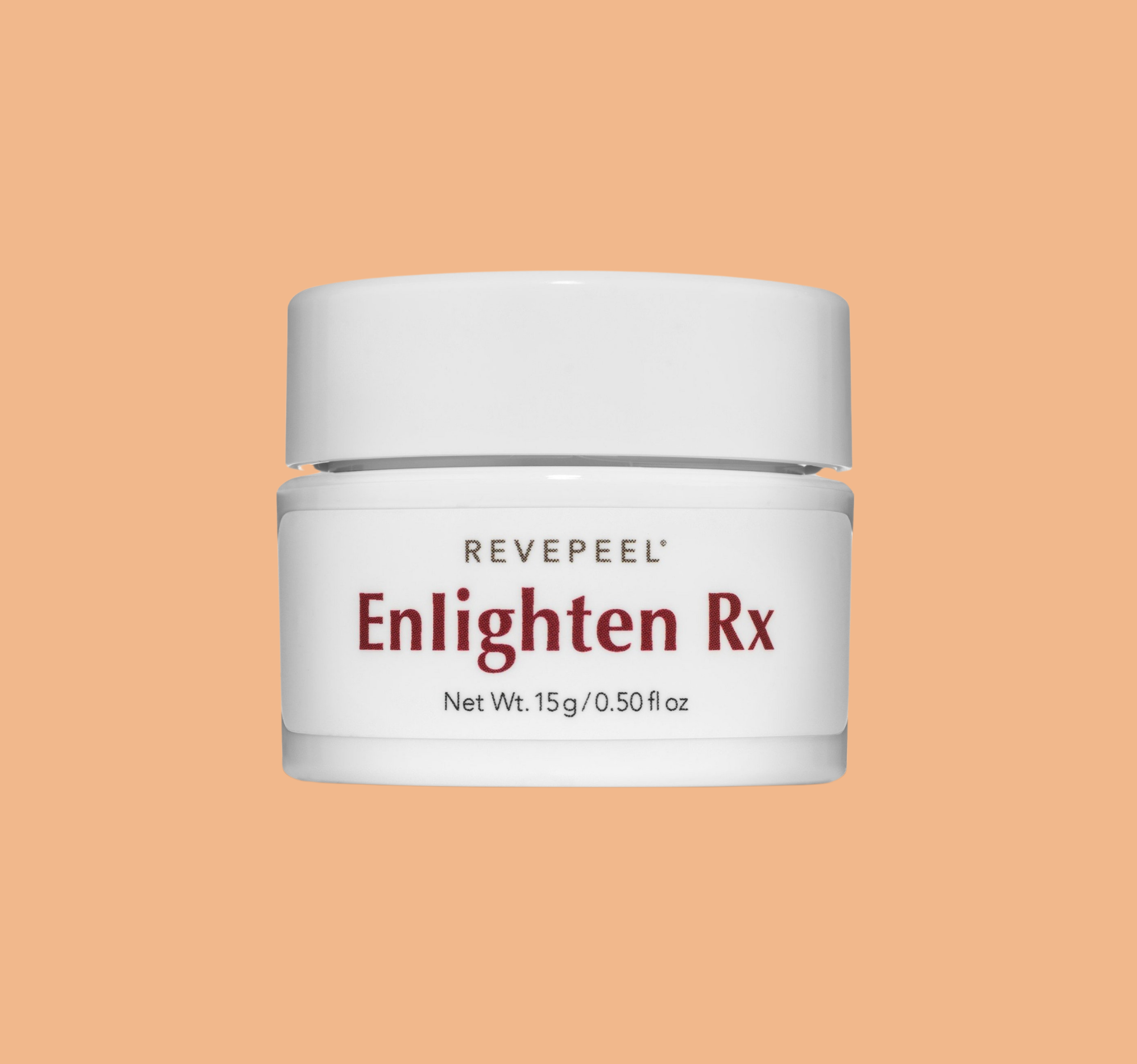
Before you freak out at the hefty price tag, I’d like to remind you that chemical peels can cost you up to $6K and typically require you to make multiple visits. Enlighten RX by Revepeel is one jar, clear directions, and comes with an online consultation.
This is basically a thousand dollar hyperpigmentation and uneven skin treatment in a jar. So all things considered, this is much better and well worth the money. Popular skincare influencer Tiara Willis even credits it with fading darks spots in just one week.
What are the dos and don’ts of at-home peels?
Of course the dos and dont’s are different depending on the type of facial peel you do, but there are few basic rules should be followed no matter what:
- Make sure to wear sunscreen because your skin will be exposed and vulnerable.
- Do not pick off the peeling skin, allow it to peel and fall naturally.
- Avoid excessive heat and sweating.
- Do not over-exfoliate as peels exfoliate for you, so extra is not necessary.
- Stay properly moisturized and hydrated at all times.

